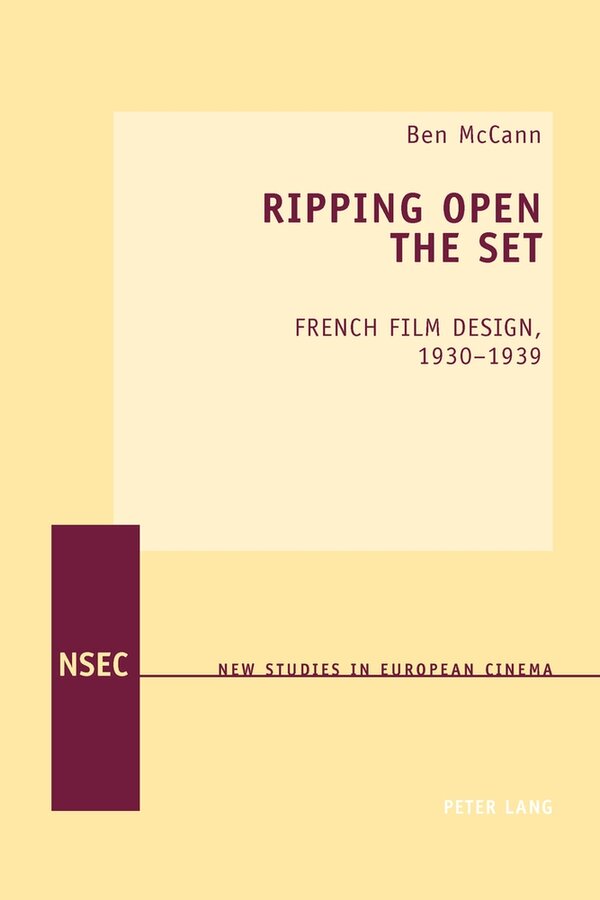French film design throughout the 1930s was not just descriptive, but also expressive: sets were not merely part of the background, but were vital components of a film’s overall atmosphere, impact and critical afterlife. This was a period when sets were ‘ripped open’, as painted backdrops were replaced by three-dimensional constructions to ensure greater proximity to reality. Accomplished set designers such as Alexandre Trauner, Jacques Krauss and Eugène Lourié crafted a series of designs both realist and expressionistic that brought out the underlying themes of a film’s narrative and helped create an exportable vision of ‘Frenchness’ that influenced other European and American film design practices.
This book details the elaborate paraphrasing tendencies of French film design in the 1930s. The author explores the crucial role of the set designer in the film’s evolutionary process and charts how the rapid development of studio practices enabled designers to become progressively more ambitious. The book examines key films such as Quatorze juillet (1932), Un Carnet de bal (1937), La Grande illusion (1937) and Le Jour se lève (1939) to demonstrate how set design works at establishing time and place, generating audience familiarity and recognition and underpinning each film’s visual style.
Ripping Open the Set von Ben McCann | French Film Design, 1930–1939 | ISBN 9783039103119






